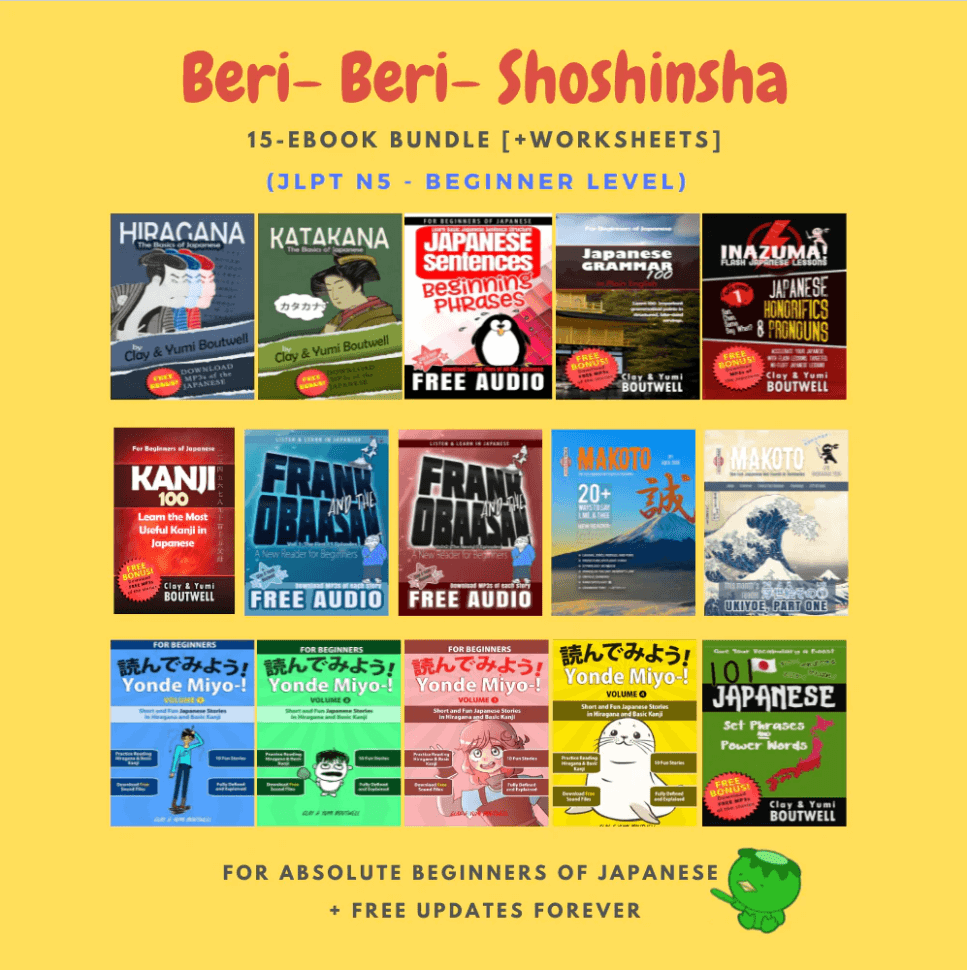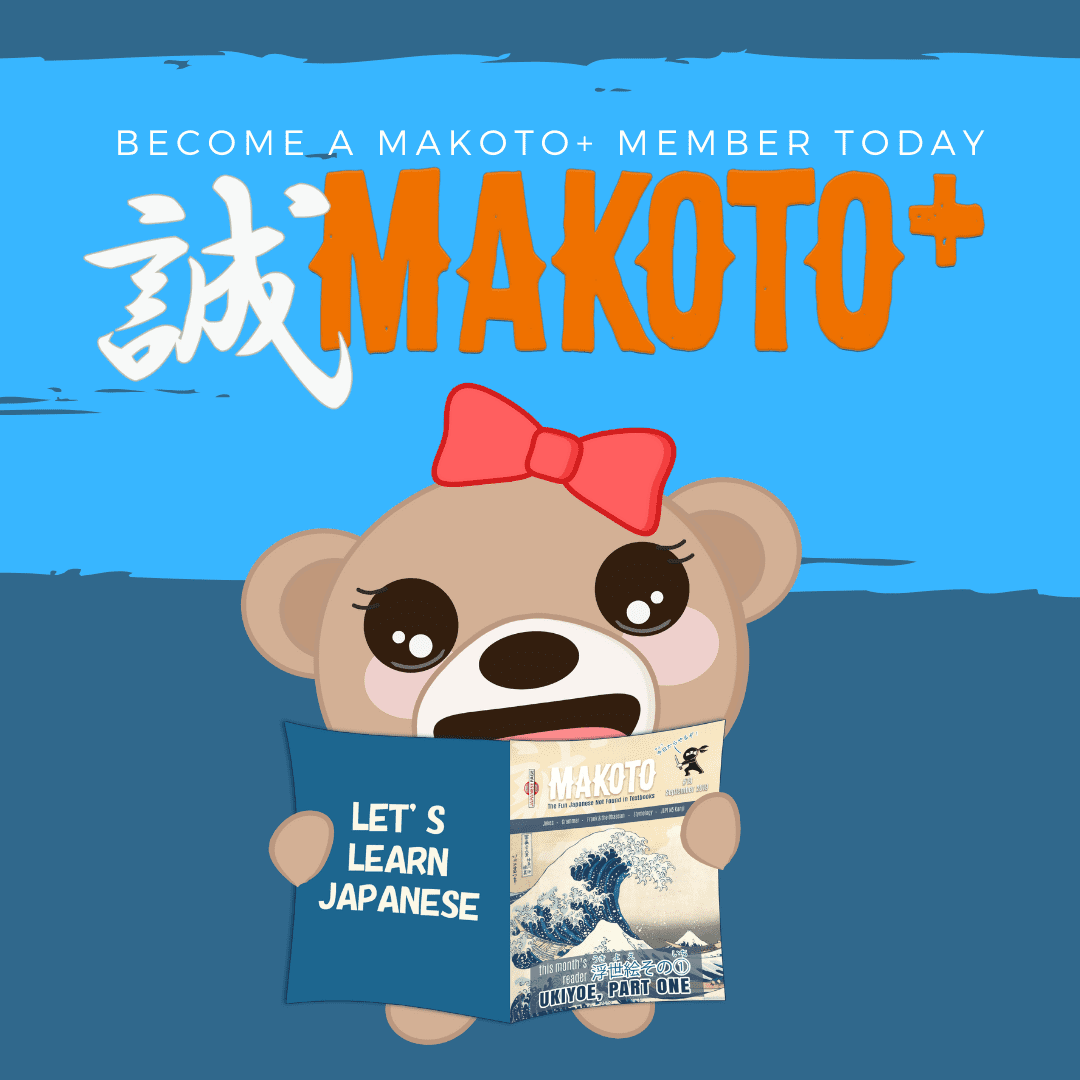In Japanese, ぶり is a noun suffix that indicates:
- The amount of time since an action last occurred, or
- The manner or style of something.
Let's focus on the first usage and touch briefly on the second.
1) Time Since Last Occurrence
When used to indicate time since last occurrence, it is usually used with a duration and can be translated as "for the first time in (period of time)" or "after (period of time)".
For example:
六年ぶりに日本に帰った。
I returned to Japan for the first time in six years.
一週間ぶりに彼に会いました。
I met him for the first time in a week.
This meaning is usually written in kana.
You may recognize this ぶり from the common greeting, 久しぶり.
久しぶり is a Japanese expression which is similar to the English, "long time no see." It's used when you're seeing someone or doing something after a long period of time.
The term 久しぶり combines the adverb 久し, which means "long time," and the suffix ぶり, which refers to the time since an event last happened. Together, they're used to indicate that a significant amount of time has passed since the referenced event took place.
It’s probably most often used simply as a greeting when meeting someone after a long period of time:
久しぶり!
It’s been a while!
Here are a couple example sentences using 久しぶり:
久しぶりに会った友達
A friend I met for the first time in a while.
久しぶりにピザを食べた。
I ate pizza for the first time in a long time.
In both cases, 久しぶり is used to indicate that a significant amount of time has passed since the speaker last met her friend or ate pizza.
I (Clay) have heard some younger people use ぶり to represent shorter periods of time. This is a play on 久しぶり.
For example:
さっきぶり
I just saw you.*
[Said when you run into the same person more than once during the day. *This may not be used! I'm including it because I am sure I've heard it said in dramas, but it could be my ears playing tricks!]
and
いつぶり
How long has it been?
[Like 久しぶり this is used when longer periods of time has passed to ask how many years it has been.]
Neither Yumi nor her mother use either of those words, and I during the few days since our arrival in Japan (we are here for a few more weeks), I haven’t meet someone who actually uses these phrases, but you might hear them on dramas or when speaking to younger people. These are friendly slang phrases (if even in common usage!), so don’t use them in formal contexts.
2) Manner or Style
When used to indicate the manner or style of something, it usually comes after a verb or noun and can be translated as "in the manner of" or "in the style of". It is less commonly used this way but it still can be found in some contexts.
For example:
彼女の話しぶりはいつも落ち着いている。
Her way of talking is always calm.
彼の仕事ぶりはとても効率的だ。
His way of working is very efficient.
And here is a common phrase using this ぶり concept.
身振り手振り
gestures
[manner of body; manner of hands]
身振り手振りから、彼が怒っていることがわかった。
(From his gestures, I could tell that he was angry.)
This meaning can also be written in kanji (振り). Rather than indicating a (long) period of time, it represents a style or manner.





